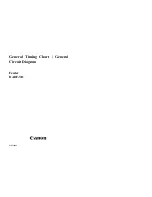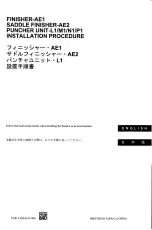
With this numbering system any combination of the eight pins
adds up to a unique decimal number between 0 and 255. Although
you use a decimal number, it is, of course, converted to a binary
number before it goes to the printer.
Now that you know the principles of Epson graphics, we’ll give
you two simple exercises, more densities, and then something more
complex as a basis for writing your own programs.
First Graphics Program
For your first graphics exercise we could give you a program that
prints a single column of dots, but it is difficult to see the pattern of a
single column of dots, so your first graphics program prints the same
pattern 40 times.
The first line is the code for 40 columns of single-density graphics.
As usual, our example is in Microsoft BASIC, but you can adapt it to
the programming language you prefer.
10 LPRINT CHR$(27)"K"CHR$(40)CHR$(0);
The second line is the data that is printed as pin patterns. Be sure
that you type in the semicolons in both lines:
20 FOR X=1 TO 40: LPRINT CHR$(74);: NEXT X
That’s it. Run the program to see the result below. Although it is
not as interesting as the examples at the beginning of this chapter, it
does allow you to see exactly how the mode works.
Multiple-Line Exercise
Now that you’ve entered and run a simple graphics program, we’ll
go on to an exercise that shows you how the LX-86 combines several
lines of graphics for a figure taller than eight dots.
Start with a line for
100
columns of single-density graphics and
lines to print two pin patterns. Notice that since there are two pin
patterns in the loop, it is only executed 50 times.
76
Summary of Contents for LX-86
Page 1: ...EPSON LX 86 TM PRINTER User s Manual ...
Page 30: ......
















































